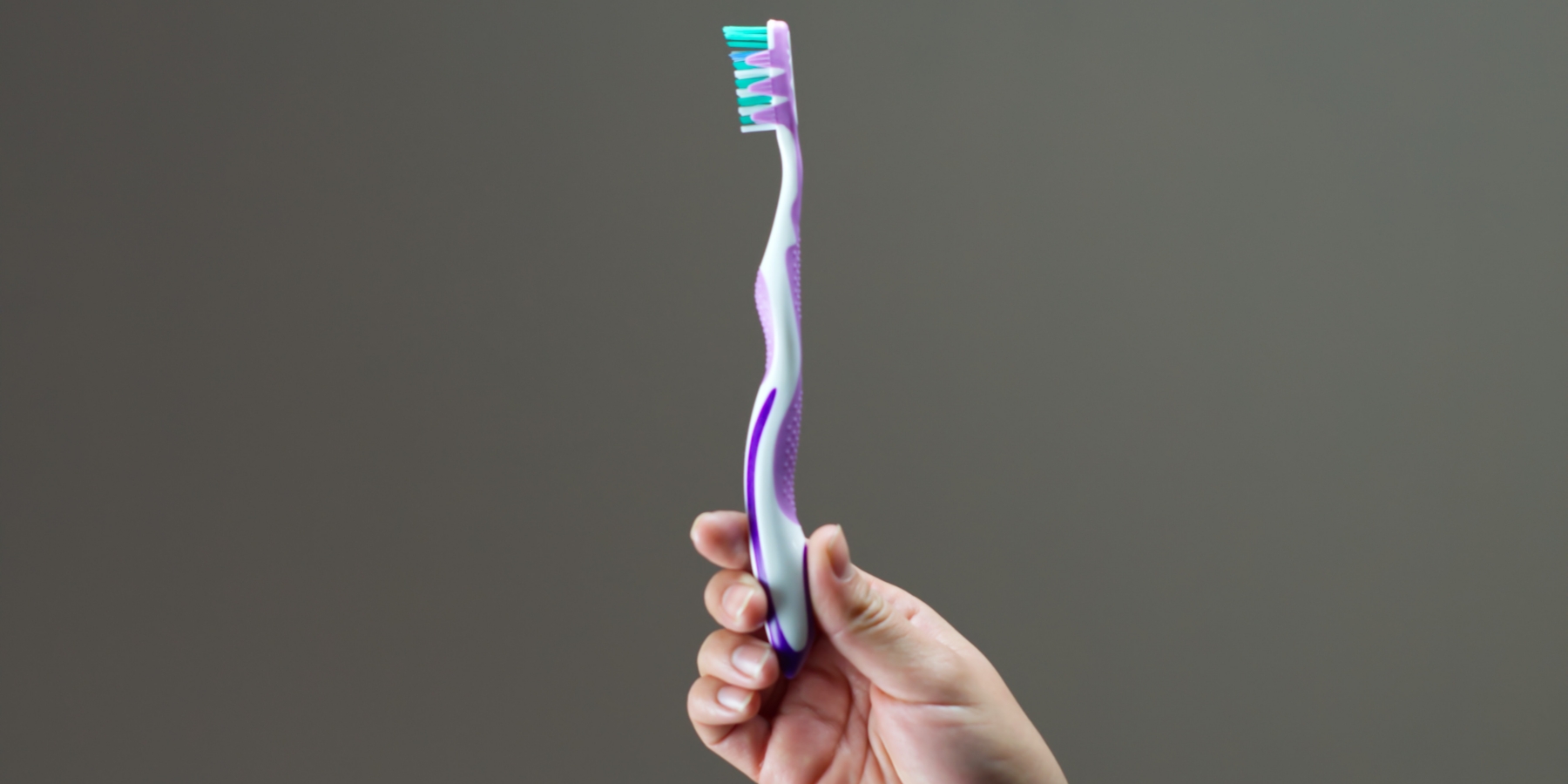Maintaining proper oral hygiene is crucial for people of all ages, and one of the key components of good dental care is using an effective toothbrush. However, there is often a question regarding how often toothbrushes should be replaced, especially when it comes to children and adults. Is the frequency of changing toothbrushes the same for both age groups? Let's explore this topic.
Children's Toothbrushes
When it comes to children's toothbrushes, the frequency of replacement can differ from that of adults. There are several factors to consider:
Age and Growth: Young children's teeth and mouths are continually growing and changing. As a result, their toothbrushes may need to be replaced more frequently to accommodate these changes. Parents should regularly assess the condition of their child's toothbrush to determine if it's still effective.
Wear and Tear: Children can be more enthusiastic brushers than adults, which can lead to faster wear and tear on their toothbrushes. If the bristles become frayed or damaged, it's time to replace the toothbrush to ensure proper cleaning.
Hygiene: Children may not always be as diligent in maintaining their toothbrushes' cleanliness. Parents should emphasize the importance of rinsing and storing the toothbrush properly. If a child's toothbrush becomes contaminated or shows signs of mold or mildew, it should be replaced immediately.
Illness: When children are sick, it's advisable to replace their toothbrushes once they recover to prevent the reintroduction of harmful bacteria.
Adults' Toothbrushes
For adults, the frequency of changing toothbrushes can also vary depending on several factors:
Bristle Condition: The most common guideline for adults is to change their toothbrush every 3 to 4 months or when the bristles become worn. Worn bristles are less effective at cleaning teeth and gums.
Illness: Similar to children, adults should replace their toothbrushes after recovering from an illness, especially if it is a contagious one. This helps prevent reinfection.
Electric Toothbrush Heads: For those who use electric toothbrushes with replaceable heads, it's essential to follow the manufacturer's recommendations for head replacement. Typically, these heads should be replaced every 3 months.
Oral Health Conditions: Individuals with specific oral health conditions, such as gum disease, may need to replace their toothbrushes more frequently to ensure effective cleaning and prevent reinfection.
Conclusion
In conclusion, how often change toothbrush for children and adults is not the same. Children's toothbrushes may need to be replaced more often due to their rapid growth, wear and tear, hygiene habits, and illness.
Adults, on the other hand, typically replace their toothbrushes every 3 to 4 months or as needed based on the condition of the bristles. Regardless of age, good oral hygiene practices, including regular toothbrush replacement, are essential for maintaining healthy teeth and gums. So, remember to change your toothbrush regularly to keep your smile bright and your mouth healthy.


